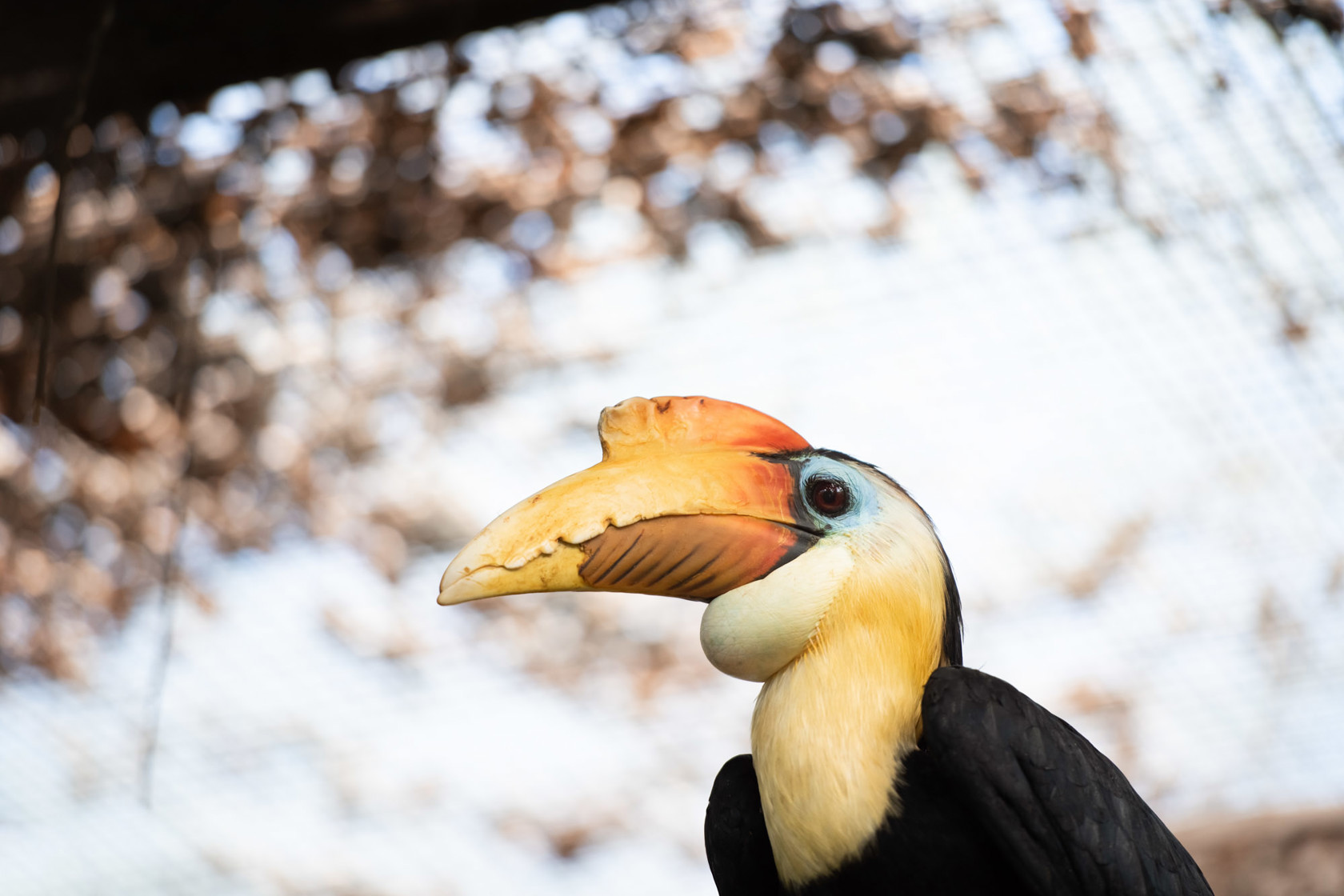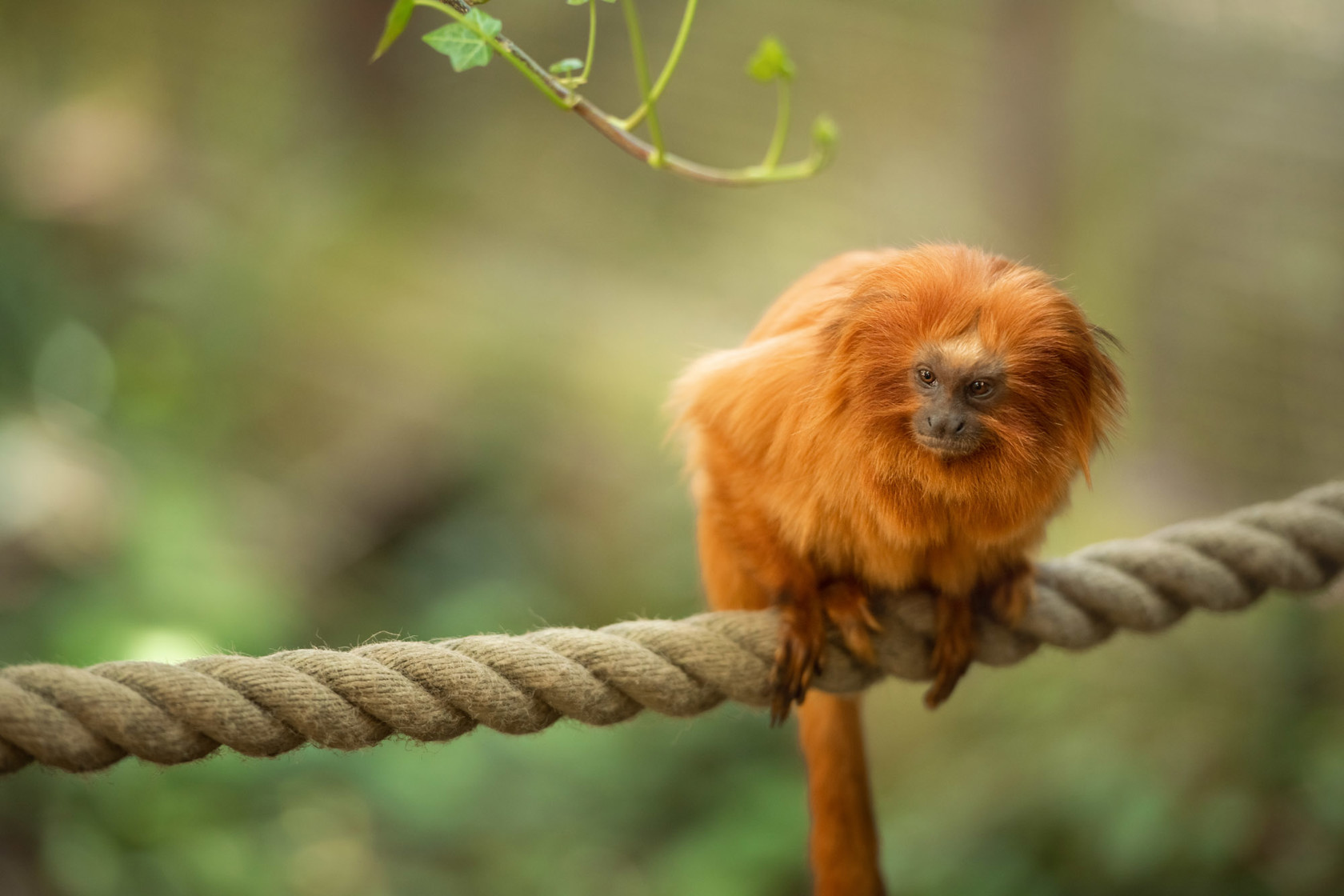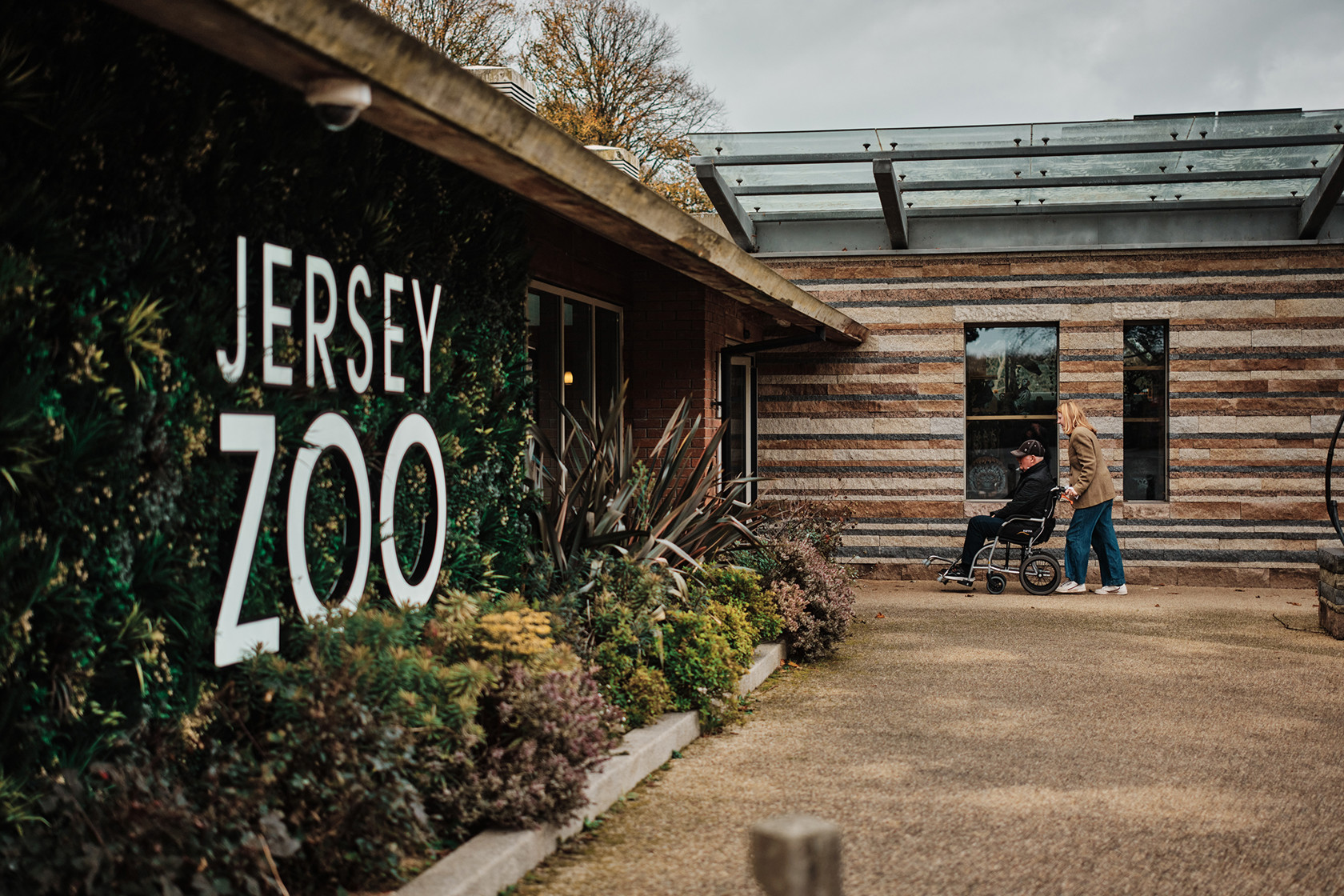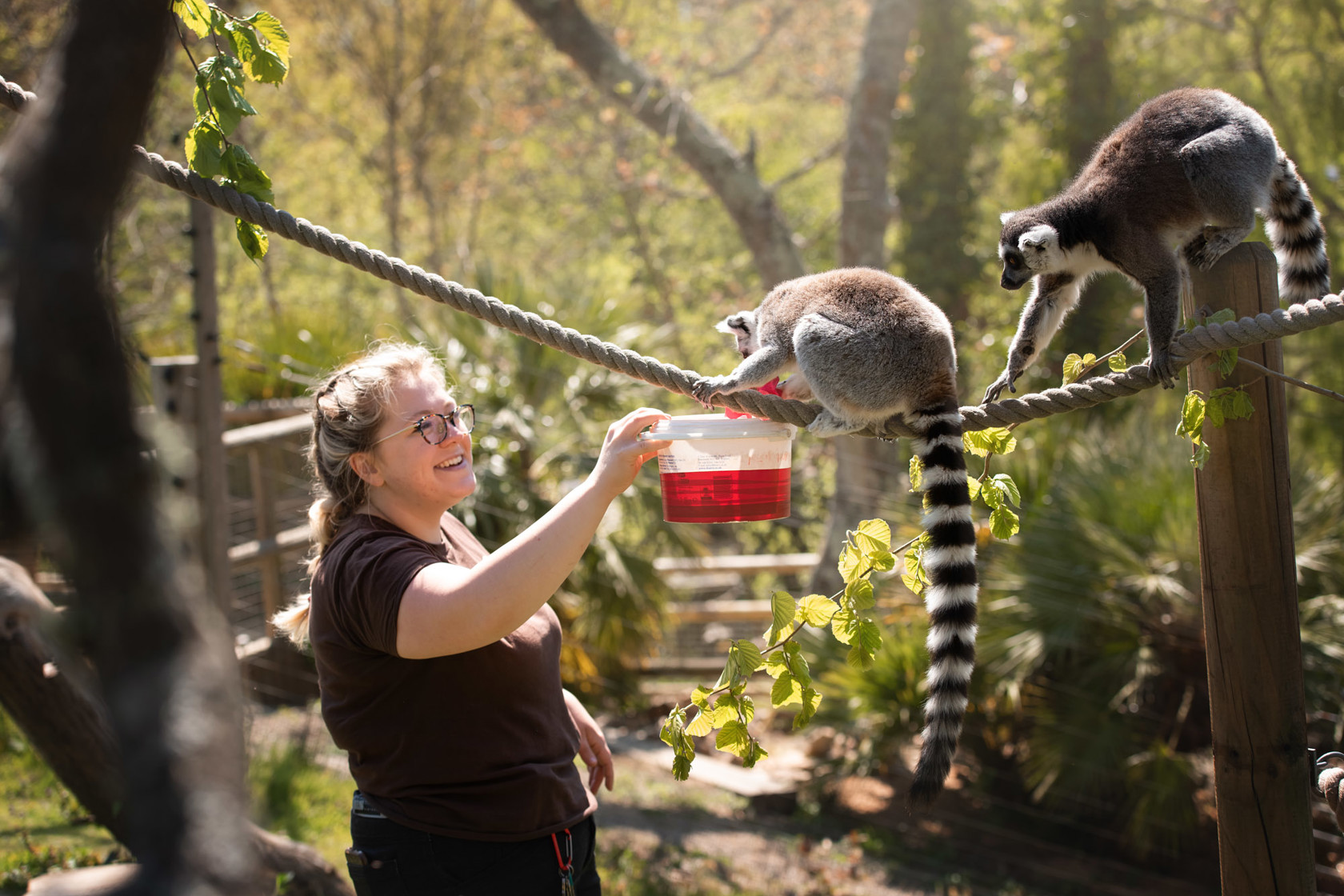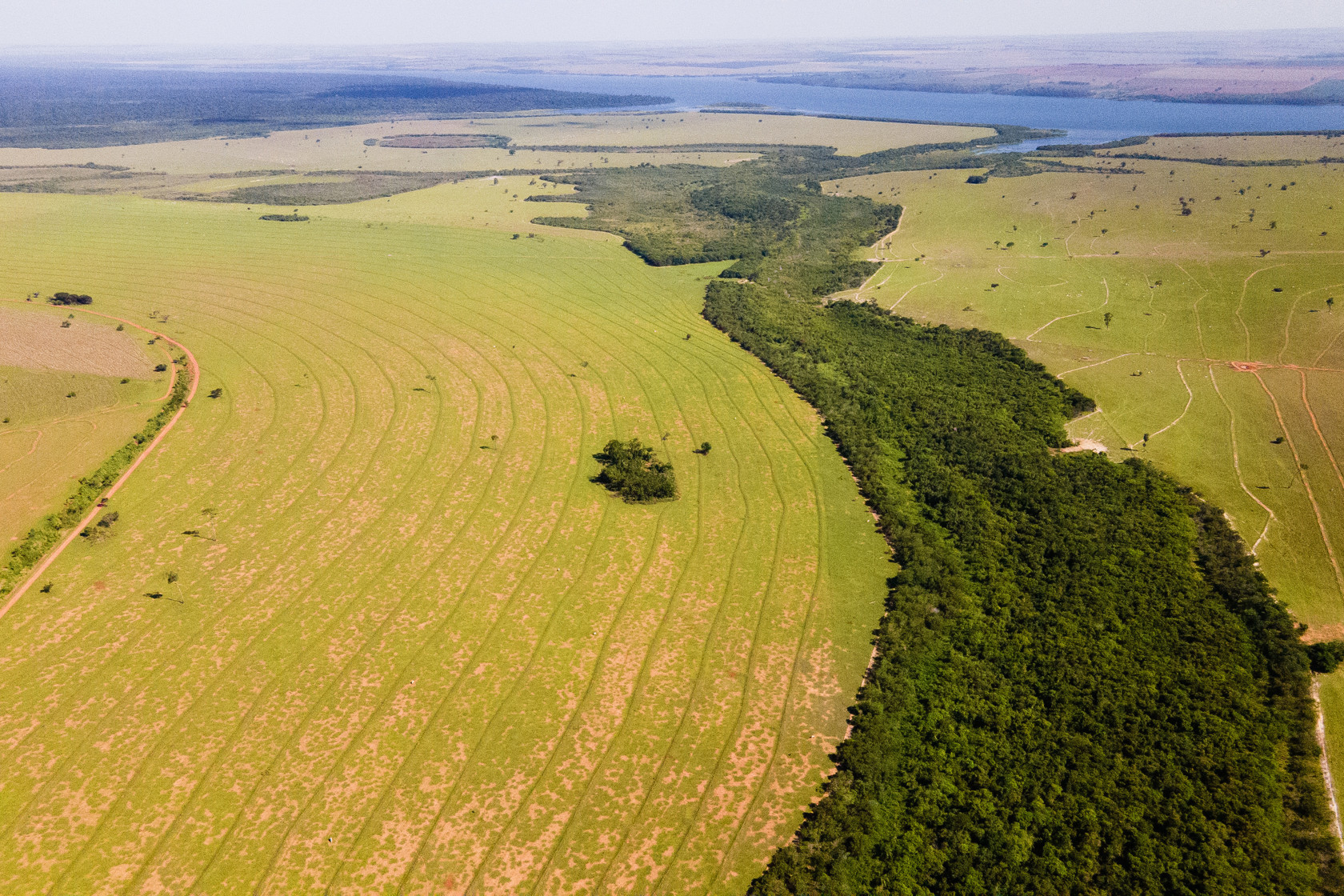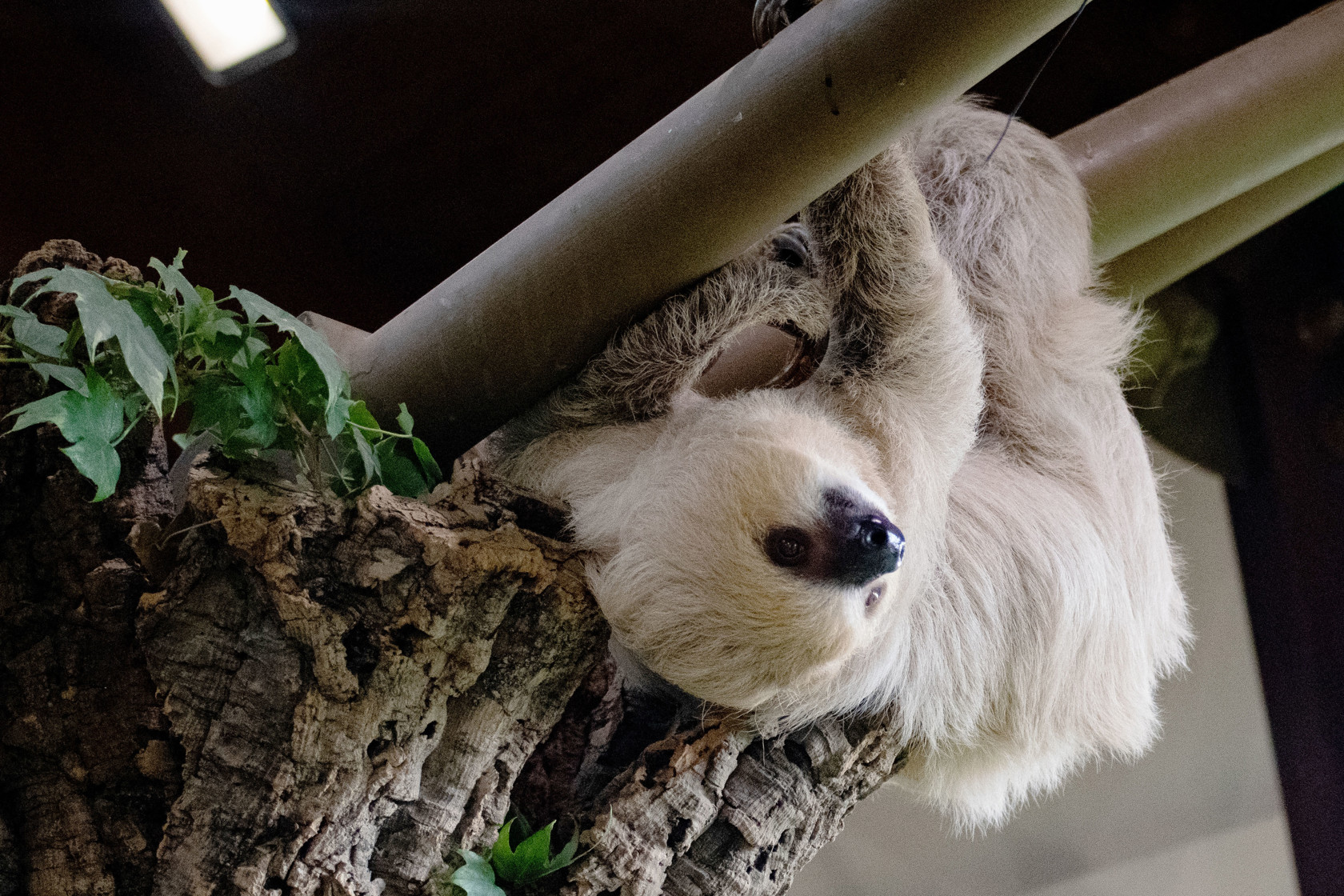Vital research into ape vitals
Friday 18 July 2025
Mammal Keeper George breaks down the transformative research taking place behind the scenes at Jersey Zoo. A collaboration with researchers from the University of Warwick, the project could revolutionise how we monitor ape welfare and behaviour.
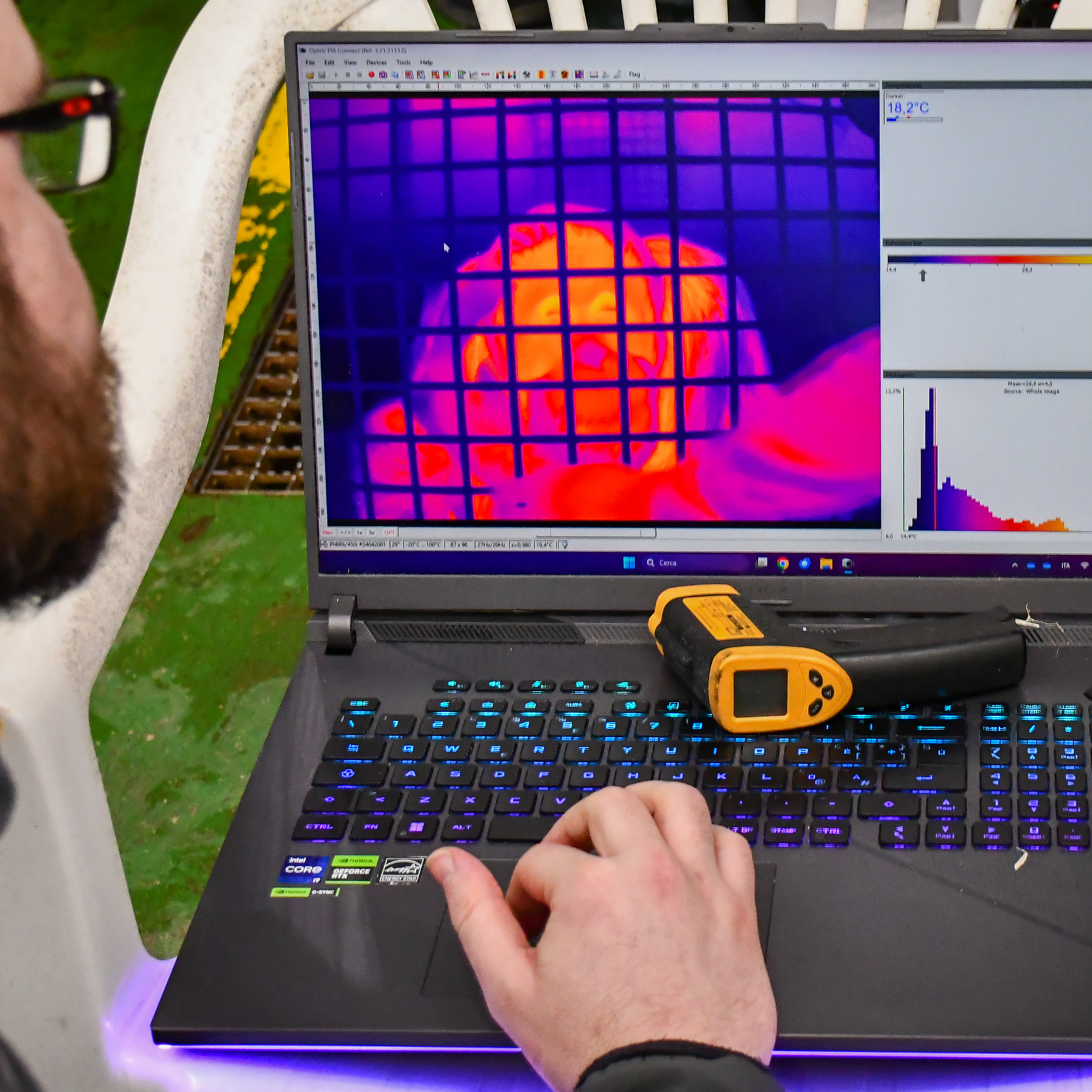
In November 2024, we were invited to participate in a study that has the potential to revolutionise how we monitor the welfare and behaviour of apes not just in human care but also in the wild.
The study uses thermal imaging, video cameras, and a pulse oximeter to collect data and observe how apes react to certain sounds played over a speaker system. We are only the second organisation to be involved with the research, but we hope more zoological collections that work with apes take part to increase the study's data.
This is the first study of its kind with gorillas and orangutans, so we were eager to get involved. Researchers Luke Duncan and Tiziano Travain from the University of Warwick used thermal imaging and photoplethysmography (analysing subtle changes in skin colouration) to monitor behavioural responses and physiological changes across apes to certain stimuli.
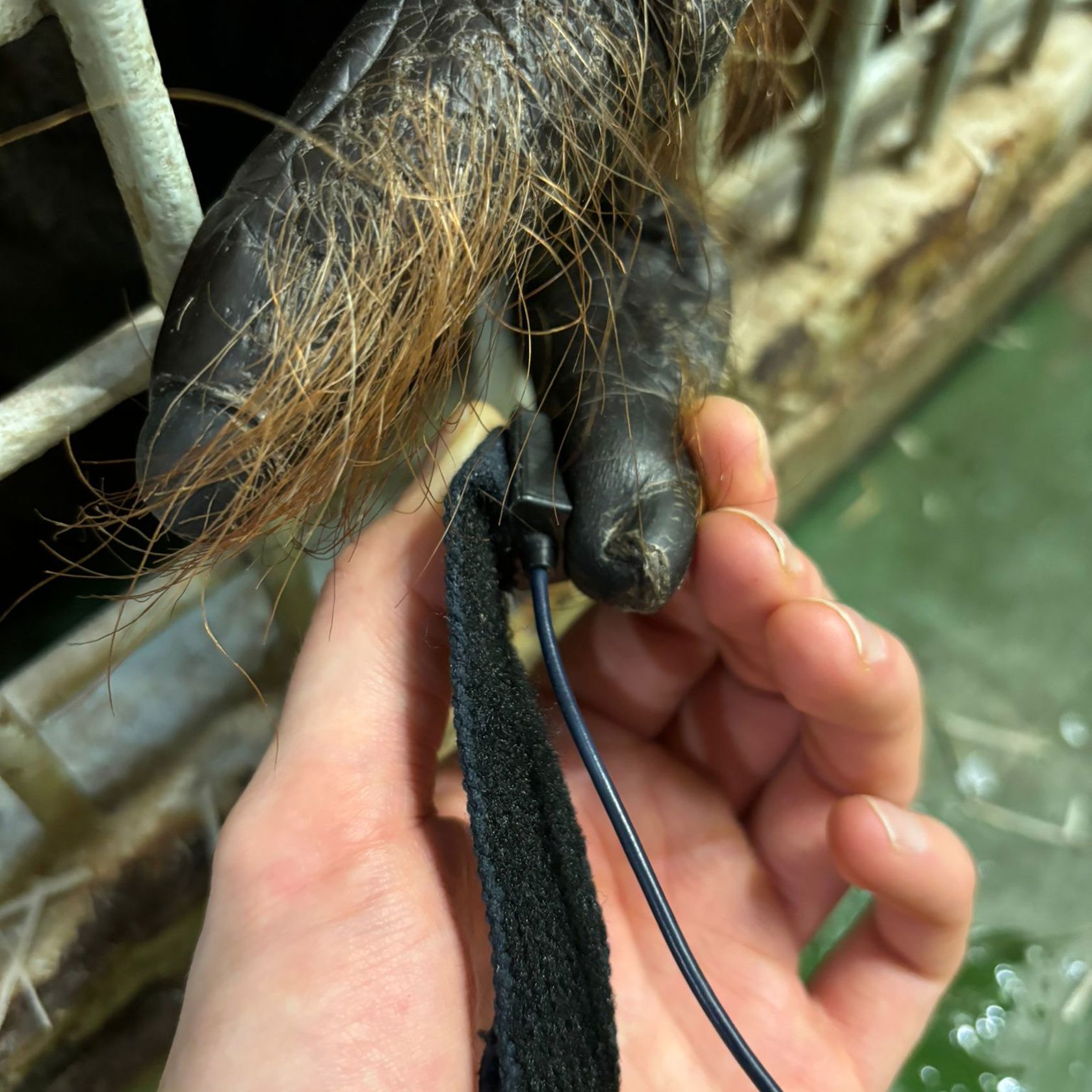
To collect the data, each animal sat in front of a camera and speaker setup. The apes at Jersey Zoo have their own unique behavioural management programme, so they are experienced in working with keepers for food rewards, and our enclosures are well-equipped with off-show areas.
We had some time to prepare before Luke and Tiziano were due to visit, so we worked with the apes to allow the keepers to hold one of their fingers against a ‘dummy’ pulse oximeter. We knew the technology should work as it was similar to our vets' devices used for health checks.
The research sessions were very easy for the apes to participate in. We set up thermal cameras and speakers in our off-show areas and invited an ape into the training space. Firstly, a pulse ox reading for each ape was collected. The rest of the data was gathered with each ape sitting individually in front of the cameras while the speakers played auditory cues. We were using recordings of the animals’ names with some mispronounced cues added in to see if the individual reacted to this change and, more importantly, to see if that reaction could be captured using thermal cameras.
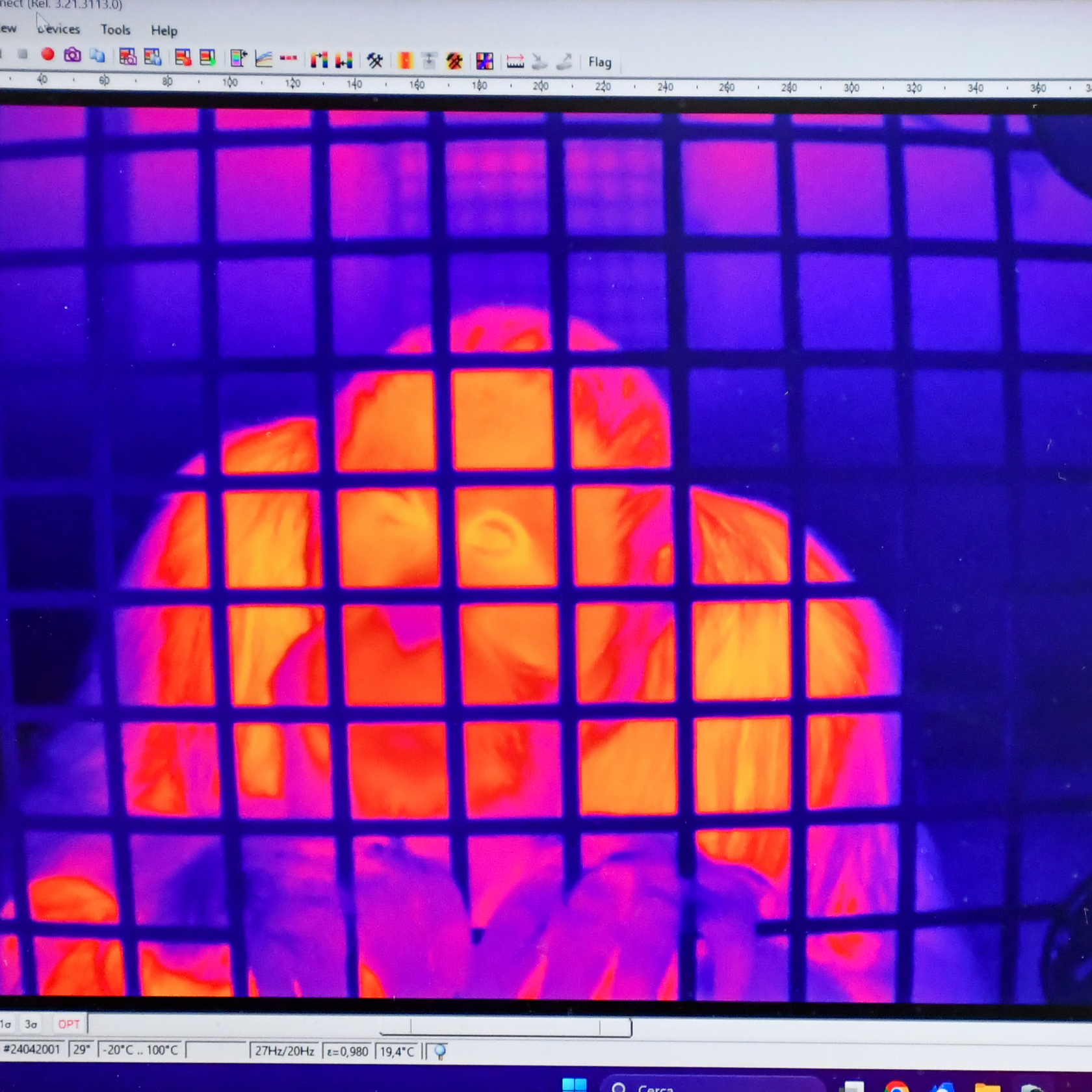
It was very exciting to participate in the research and see how each of the apes reacted. The orangutans were curious and meeting new people kept them engaged across the three weeks. The gorillas are a bit more reserved and cautious, bravely investigating and participating in return for tasty treats.
We managed to get full data sets for four of the orangutans and three of the gorillas. I was particularly amazed by the youngest gorilla, Amari. As a five-year-old, she is full of energy and very playful. However, she sat very focused, not just for her own session but everyone else’s sessions too! She was so interested in the research that when we were recording the data for Badongo, the silverback, and Kahilli, the oldest female in the troop, Amari was visible on the thermal cameras, quietly watching behind them.
The technology can potentially replace more invasive procedures for monitoring the health and welfare of apes. Normally to get this information, a vet would need to attach equipment to an animal under general anaesthetic to check their heart rate and breathing. The technology in this research would allow us to track that information without physical contact. The long-term goal of Luke and Tiziano is to develop an app that puts the tools into the hands of every zookeeper, reducing risk, simplifying care, and improving overall welfare monitoring.

